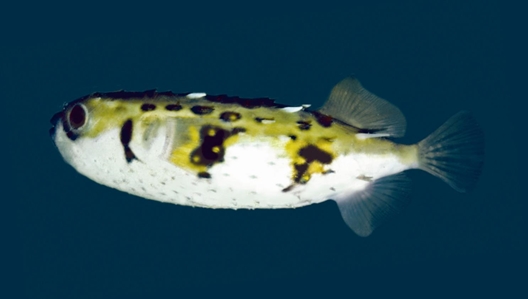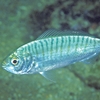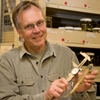General Description
Body robust, oval, covered in short, fixed, blade-like spines, each with a tripod-like base; an elongate erectile spine behind pectoral fin; no spines wholly on tail base; most spines shorter than eye diameter; dorsal fin with truncate hind margin, anal fin rounded, pectoral fin with shallow notch in hind margin. Olive grey above, white below with an olive and yellow blotch behind eye and below dorsal-fin origin, a blackish blotch behind pectoral fin surrounded by spines with yellow bases. To 50 cm.
Biology
This species inflates its body when threatened.
Habitat
Around moderately shallow rocky reefs and weedy areas, mostly near the bottom but sometimes schooling in surface waters, in depths of 5-320 m.
Reefs
Open water
Distribution guide
Southern Australia.
Species Group
Depth
Shallow (1-30 m)
Deep ( > 30 m)
Water Column
Max Size
50 cm
Harmful
Spines on body can inflict injury.
Commercial Species
No
Global Dispersal
Native to Australia
Conservation Status
- DSE Advisory List : Not listed
- EPBC Act 1999 : Not listed
- IUCN Red List : Not listed





